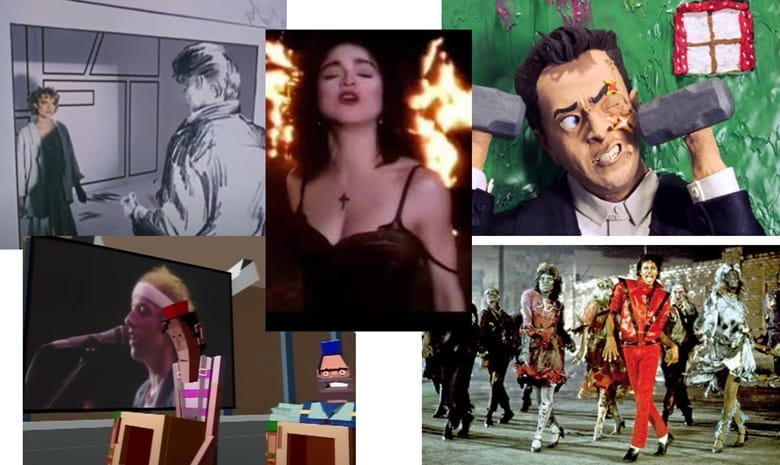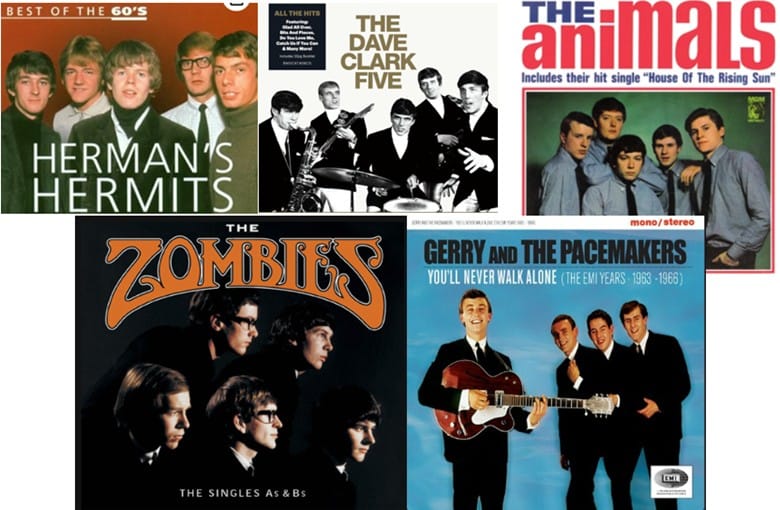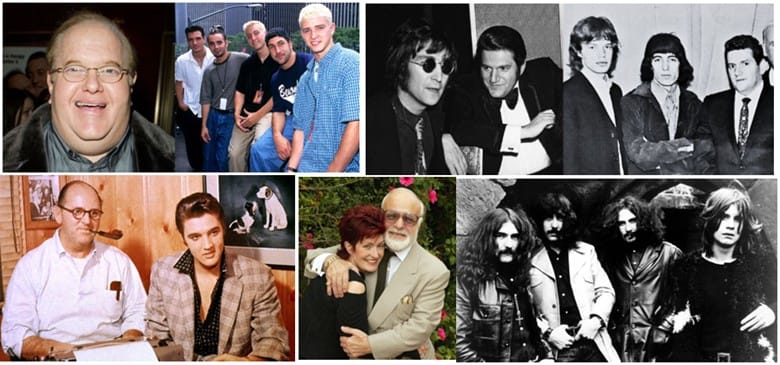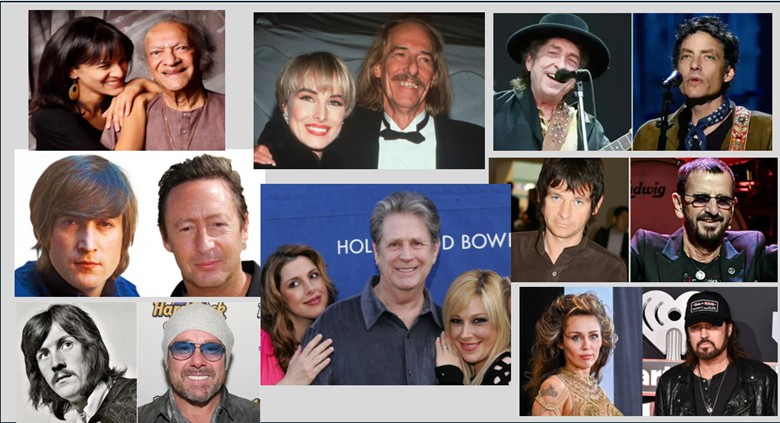The introduction of MTV in 1981 transformed the way audiences encountered and consumed 1980s music videos. The rise of 1980s music videos marked a pivotal moment in the music industry.
Music videos became more than promotional tools; 1980s music videos became an art form which established an artist’s personality, told stories, and developed cultural moments that lasted for many years. The influence of 1980s music videos continues to resonate today.
Exploring the Cultural Impact of 1980s Music Videos
Music before the 1980s was mainly auditory. Artists attracted audiences via radio play, album sales and live performances. That music video changed everything. Suddenly musicians were visual storytellers with cinematography, choreography and story to improve their musical expression.
This new medium democratized music in unprecedented ways. Now artists could convey their identity, message or artistic vision via sound or imagery. A hit music video can make an unidentified artist a superstar or resurrect an established musician’s public persona.
The visual medium permitted unprecedented creativity. Directors like Spike Jonze, Michel Gondry and Mark Romanek created music videos into cinematic experiences. Music videos came to be a spot of social commentary, artistic experimentation and cultural expression.
Legacy & Evolution of 1980s Music Videos
And although the rise of YouTube and streaming services has altered how we view music video clips, the 1980s and 1990s left a long-lasting impact on music video consumption.
During the 1980s, music videos were instrumental in shaping pop culture and defining artist identities. The legacy of 1980s music videos is still evident in contemporary visual storytelling.
These videos and rock and roll anthems songs were much more than marketing tools – they were cultural artifacts that defined generations, pushed artistic boundaries and altered musical expression.
1980s music videos not only entertained but also sparked discussions around social issues, making them essential to understanding the era’s cultural landscape.
Understanding the evolution of 1980s music videos allows us to appreciate the artistry and creativity that defined a generation of musicians.
Today’s music videos continue on this foundation with more sophisticated technology and storytelling methods. However, the groundbreaking creativity of the MTV era demonstrates still the power of visual music storytelling.
Top 10 Music Videos from the 1980s and 1990s
- Michael Jackson – “Thriller” (1983) More than just a music video, “Thriller” became a cultural phenomenon. This 14-minute short film was directed by John Landis and altered the music video genre. It includes advanced zombie costumes, cinematic narration and groundbreaking special effects and remains probably the most iconic music video clip of all time.
- A-ha – “Take On Me” (1985) This Norwegian band’s video incorporated pencil-sketch animation and live-action, giving you a daring visual narrative that fit the song’s power. The video and its unique rotoscoping method became worldwide recognized.
- Peter Gabriel – Sledgehammer (1986) Stop-motion animation utilizing pixilation and claymation to produce a surreal, fun-filled narrative. It was directed by Stephen R. Johnson and demonstrated how music videos could be art.
- Madonna – “Like a Prayer” (1989) is polarizing and provocative. The video fuelled an outrage between religious and ethnic groups and challenged religious images and racial tensions. It is evident that the video is purposefully contentious featuring sacrilegious symbols like a black Jesus and a burning cross. Madonna’s ability to marry social commentary with artistic expression defined the music video as a form of communication.
- Guns N’ Roses – “November Rain” (1992) Nine minutes from a wedding party, death and visual landscapes elevate this video to cinematic storytelling. Its spectacular story and cinematography made it a landmark in its time.
- Nirvana – “Smells Like Teen Spirit” (1991) This video captured the raw power of the grunge era and changed alternative rock image into a visual representation. Its high school gymnasium setting and chaotic performance reflected 1990s youth culture.
- Janet Jackson – “Rhythm Nation” (1989) A declaration of social consciousness and unity, this video had choreography and was largely black and white. It showed how music videos might convey social messages.
- R.E.M. – “Losing My Religion” (1991) Biblical imagery mixed with surrealist images demonstrated just how alternative rock can deliver profoundly artistic and symbolic music videos. The stylized performance and symbolic images in the video aptly captured the song.
- Dire Straits – “Money for Nothing” (1985) One of the very first music videos to systematically make use of computer animation. The primitive but revolutionary CGI graphics set a new standard for visual music storytelling.
- Paula Abdul – “Opposites Attract” (1989) Live-action mixed with animation, this video showed Abdul dancing with an animated cat.




